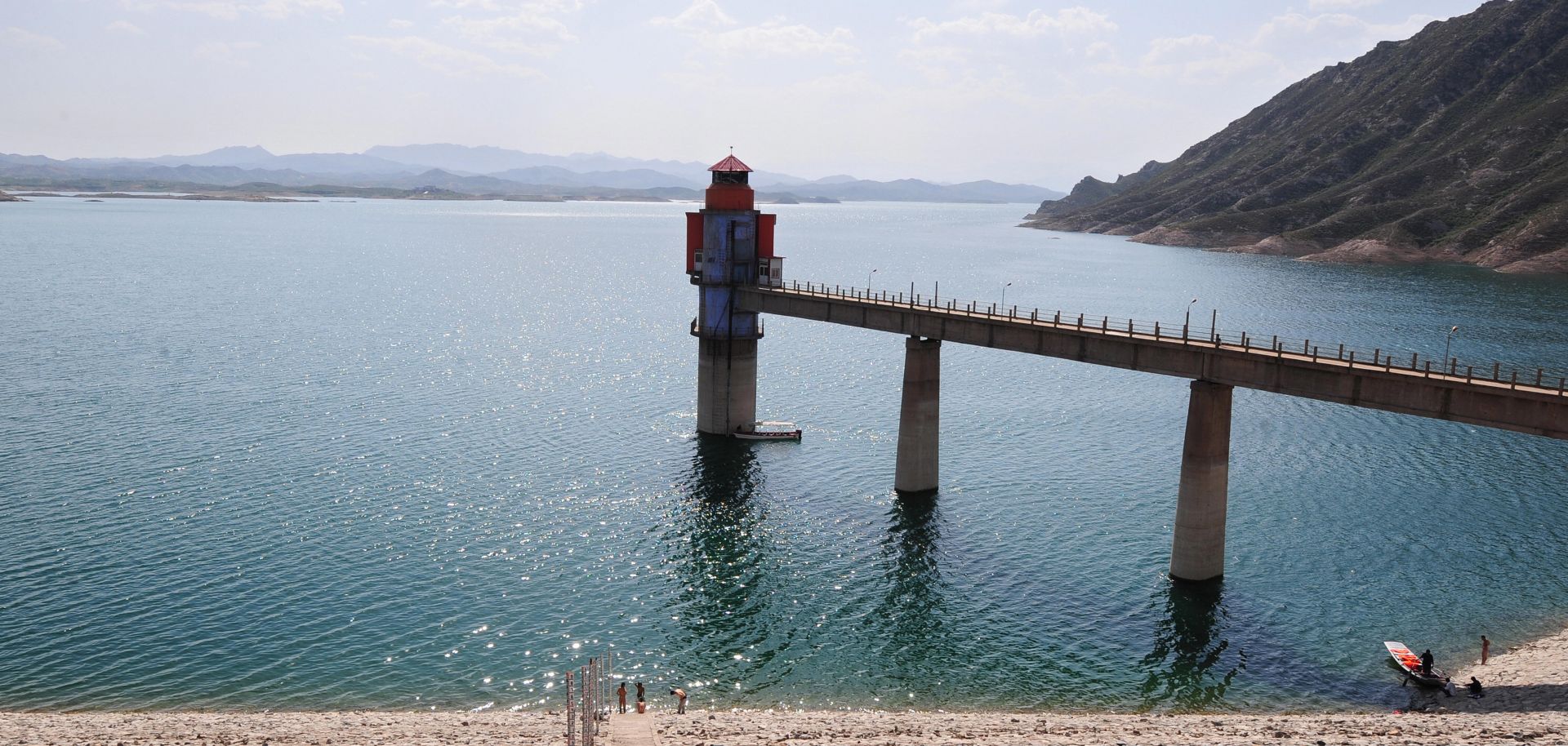ASSESSMENTS
China Tries to Overcome Its Water Limitations
Jun 11, 2013 | 15:49 GMT

(FREDERIC J. BROWN/AFP/Getty Images)
Summary
On June 10, the easternmost leg of the South-North Water Transfer Project, the latest in a long line of attempts by China's rulers to overcome the limits placed by water on the Chinese economy, began operations. This enormous engineering undertaking will eventually divert up to 44.8 billion cubic meters of Yangtze River water — about 10 percent of the river's annual flow and more than 170 times the amount consumed by Los Angeles yearly — to the water-scarce North China Plain. It is testament to the peculiar role of water in contemporary Chinese geopolitics.
The project was first conceived by Mao Zedong in 1952 and has been under construction since 2002. It is one of the Communist Party's most costly endeavors yet — both directly, with an official price tag of $62 billion, and indirectly, having displaced more than 350,000 people, most of them farmers from small rural communities — to manage the ballooning imbalance between the demands of Chinese industry and the environment's increasingly limited ability to provide. The project's existence and scale alone reflect the Party's heightened fear that lack of water resources in northern China could constrict both short- and long-term economic growth in some of the country's most densely populated and industrially significant provinces.
Subscribe Now
SubscribeAlready have an account?
